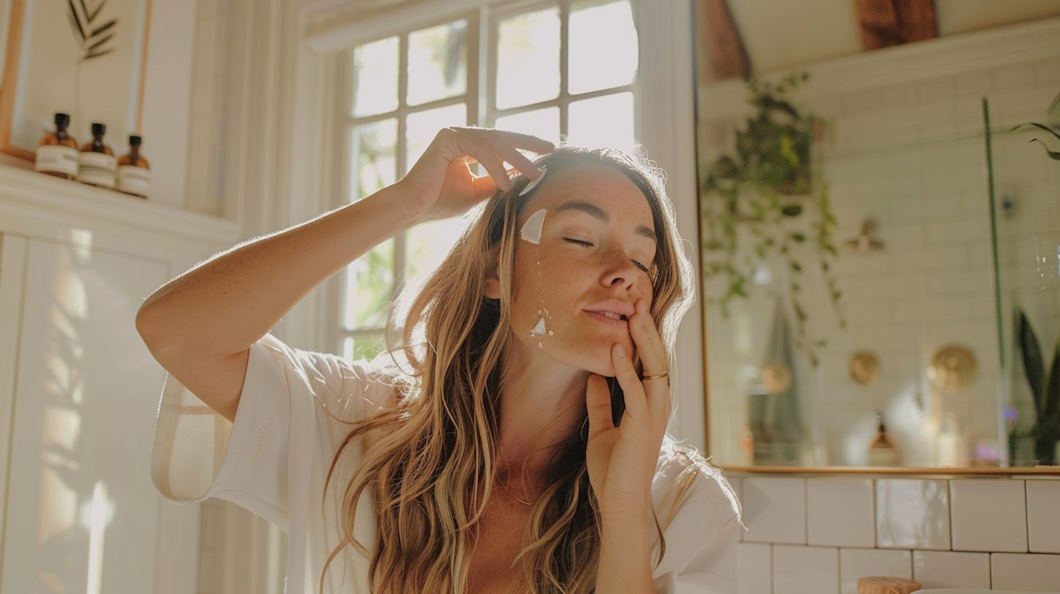The Science Behind Minoxidil and Its Effectiveness for Female Hair Loss
Feeling frustrated by hair loss and wondering if there’s a reliable remedy? Minoxidil for hair loss in women might just be the solution you’re looking for. Think of Minoxidil like a revitalizing drink for your scalp—giving it the boost it needs to rejuvenate those tired follicles. But before you start this journey, it’s essential to understand what Minoxidil does and how effective it really is. We’re here to break down the science behind this popular treatment and help you determine if it’s the right choice for you.
How Minoxidil Works
Minoxidil’s mechanism of action is a bit like planting a garden. You need to prepare the soil, water it regularly, and provide the right nutrients for plants to grow. Here’s how Minoxidil helps your hair:
- Vasodilation: Minoxidil expands blood vessels in the scalp, improving blood flow. This increased circulation nourishes hair follicles and helps them thrive.
- Follicle Stimulation: By applying Minoxidil to your scalp, you’re essentially telling hair follicles to enter the active growth phase. This is similar to getting a nudge to wake up and start working.
- Hair Growth Cycle: Minoxidil helps extend the growth phase of hair follicles, making hair grow longer and thicker before it falls out.

| Hair Growth Phase | Description | Effect of Minoxidil |
| Anagen (Growth) | Hair is actively growing | Extends this phase, promoting longer hair |
| Catagen (Transition) | Hair growth slows down | Minimizes early shedding |
| Telogen (Resting) | Hair is at rest and eventually falls out | Reduces hair fall by keeping hair in the growth phase longer |
Effectiveness of Minoxidil for Women
When it comes to Minoxidil, the evidence is quite promising, but it’s important to manage expectations. Clinical studies have shown that Minoxidil can be effective in:
- Regrowing Hair: Many women experience noticeable hair regrowth after using Minoxidil consistently for several months.
- Increasing Hair Density: Minoxidil can improve the density of hair in areas where thinning has occurred.
However, effectiveness can vary from person to person. Some users may see significant results, while others might experience only moderate improvement. It’s similar to baking a cake—some ingredients (or hair growth treatments) work better for some recipes (or people) than others.
Here’s a quick look at the typical outcomes from clinical trials:
| Outcome | Typical Result |
| Hair Regrowth | 40-60% of users see some regrowth |
| Hair Density | Increased in 30-50% of users |
| Timeframe | Noticeable results often take 4-6 months |
Using Minoxidil: What to Expect
If you’re considering Minoxidil, here’s what you need to know:
- Application Instructions:
 Clean and dry your scalp before application.
Clean and dry your scalp before application.- Apply the solution or foam directly to the affected areas of your scalp.
- Use it twice daily for best results.
- Side Effects:
- Common: Scalp irritation, dryness, or itching.
- Rare: Unwanted facial hair, dizziness, or swelling.
- Expectations:
- Hair regrowth can be gradual. You might not see significant changes until 4 to 6 months of consistent use.
- It’s important to continue using Minoxidil even after you start seeing results to maintain the benefits.
Minoxidil and Lifestyle Factors
To get the most out of Minoxidil, consider these additional tips:
- Complementary Treatments: Combining Minoxidil with other treatments like hair supplements or topical conditioners can enhance its effectiveness.
- Healthy Lifestyle: Eating a balanced diet rich in vitamins and minerals can support overall hair health. Think of it like giving your garden not just water, but also the right fertilizers.
Here’s a brief list of lifestyle factors that can help:
- Balanced Diet: Include foods rich in iron, biotin, and vitamins A and C.
- Stress Management: Practices like yoga or meditation can help reduce stress, which in turn can minimize hair loss.



